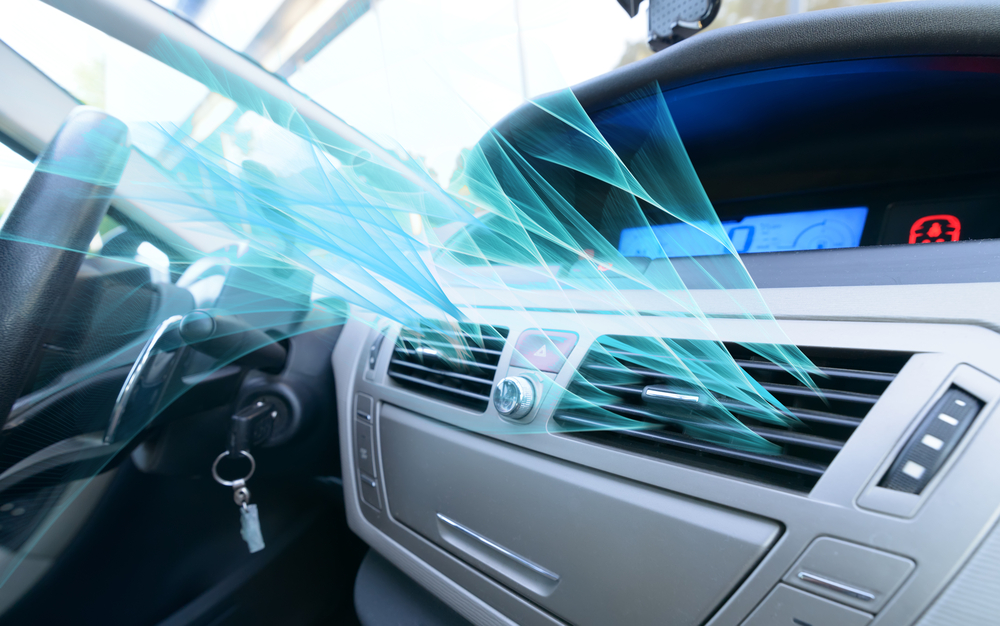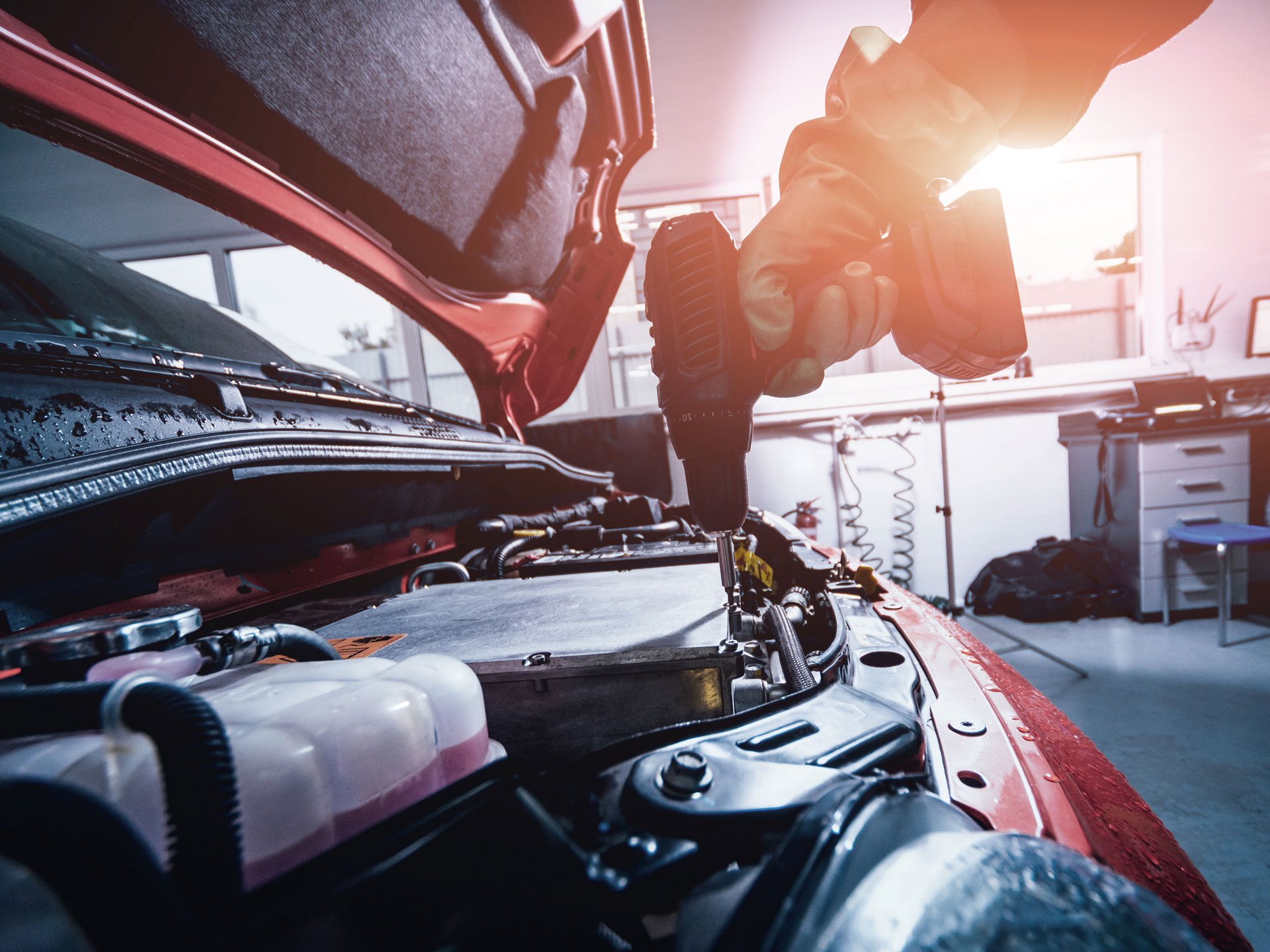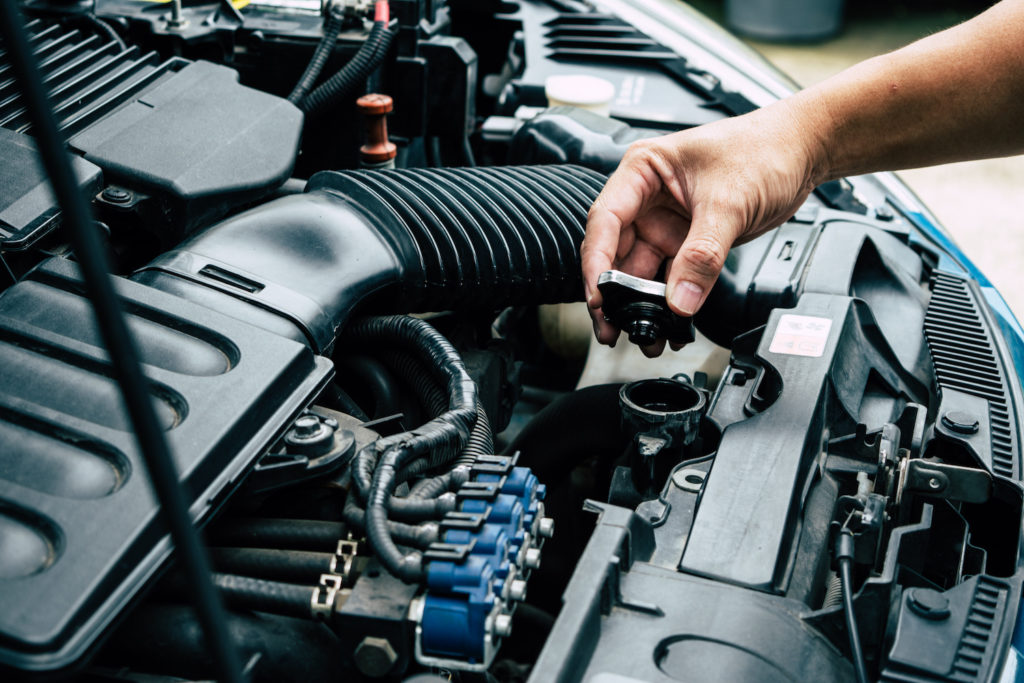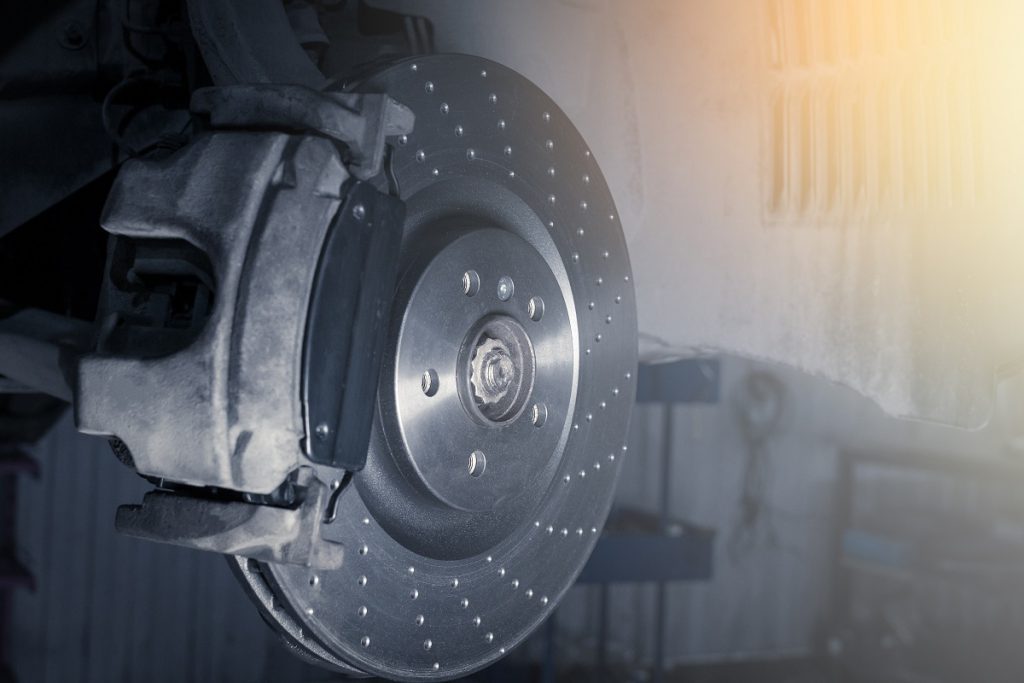Did you know that the average American commuter spends approximately 50 hours in traffic? In fact, one study showed that commuters lose about 42 hours of their lives every year sitting in traffic. But drivers are not the only ones affected. Traffic congestion also takes a toll on your car. How?
The effects of traffic jams on your car emanate from a stop-and-go environment that results in significant wear and tear. The most significant issue is how much you hit the brakes rather than idling. Hitting the brakes repeatedly has the following impact:
1. Gas Waste
Brakes need energy to function. In a traffic jam, you have to balance braking and getting your car up to speed. Even though you’re moving, you’re using a lot of gas as compared to when the vehicle is idling. Nationwide, traffic wastes approximately 3 billion gallons of fuel.
2. Wears Out Brakes
Worn-out brakes are also one of the effects of traffic congestion on a car. Keep in mind that you’re going 10 miles per hour down to nothing repeatedly, and that wears out a lot of stuff. If you’re on brakes a lot, expect pads and other parts of the braking system to wear out. Some common signs that your brakes need replacement include:
- Car pulls to one side when stopping
- Brake pedal feels different (softer and sinks to the floor)
- Steering wheel shakes when stopping
- Vehicle shakes when stopping
- Car squeals when stopping
3. Fluids
Unlike oil and coolants, brake fluid neither gets dirty nor evaporates. However, depending on your climate, it can absorb moisture, lowering the boiling temperature. When that occurs, fluid effectiveness reduces, and that could damage your braking system. It’s wise to consult experts to inspect your brake fluids regularly.
Coolant evaporation and oil getting dirty are also some of the effects of traffic jams. Schedule regular inspections with your mechanic to ensure your vehicle performs seamlessly. The five common fluids to check regularly include:
- Engine oil
- Transmission fluid
- Coolant
- Brake fluid
- Power steering fluid
It’s worth noting that most fluids need specialists to replace them. Manufacturers also recommend specific fluids for their cars. It’s wise to consult automobile dealers or certified technicians before changing any fluid.
4. Drive Belt
The drive belt, also known as the serpentine belt, is located on a car engine and works with pulleys, idlers, and tensioners inside the drive belt system accessory. It’s a critical component that provides power for the AC, power steering, alternator, and even the water pump for the cooling system.
Generally, drive belts last for five years, or approximately 50,000 miles without hitches. However, over time, the belt fails because of the intense heat and friction experienced every day on the road. Traffic jams may contribute significantly to this kind of wear and tear. If you suspect your drive belt is failing, look for these signs:
- Squealing sound or noise from your car front
- Malfunctioning AC and power steering
- Overheating engine
- Wear and cracks on the belt










